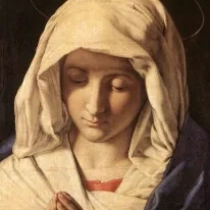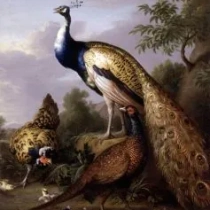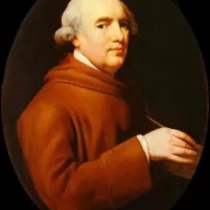Creation of Adam 1510
"The Creation of Adam," crafted by the eminent Michelangelo Buonarroti around 1510, stands as a testament to the zenith of Renaissance art. This iconic fresco adorns the central panel of the Sistine Chapel's ceiling in Vatican City, symbolizing a pivotal moment in biblical lore - the divine spark transferring from God to Adam. Michelangelo's genius is vividly showcased in the portrayal of God and Adam. God, a powerful figure, extends His hand towards Adam, a representation of humanity in its most idealized form. The near-touch of their fingers has become emblematic, signifying not just the act of creation but also the transfer of life, knowledge, and destiny.
The composition's brilliance lies in its sublime balance and harmony. Michelangelo masterfully employs contrapposto, a technique that imparts a natural fluidity to Adam's posture. The background, a pale, undefined form resembling a brain or a womb, underscores the fusion of spiritual and intellectual genesis. The figures are set against this backdrop in a way that accentuates the painting's central theme – the birth of man and the awakening of consciousness.
Michelangelo's color palette is restrained yet impactful, with earthy tones that highlight the human form, contrasting with the ethereal shades surrounding the divine. This juxtaposition not only emphasizes the physicality of Adam but also the transcendental nature of God. The artist's profound understanding of human anatomy, honed through years of dissecting cadavers, is evident in every muscle and sinew of Adam's reclining form.
Beyond its aesthetic and technical achievements, "The Creation of Adam" encapsulates a deeper philosophical inquiry. It reflects on the relationship between man and the divine, the nature of creation, and the genesis of consciousness. Michelangelo, through this masterpiece, prompts a contemplation on humanity's place in the universe and the eternal bond between the Creator and the created.
In sum, "The Creation of Adam" is not merely a visual triumph but a profound narrative that bridges art, theology, and philosophy. Michelangelo, with his unparalleled skill and intellectual depth, has immortalized a moment that continues to resonate with viewers, centuries after its creation.







No Comments Yet...